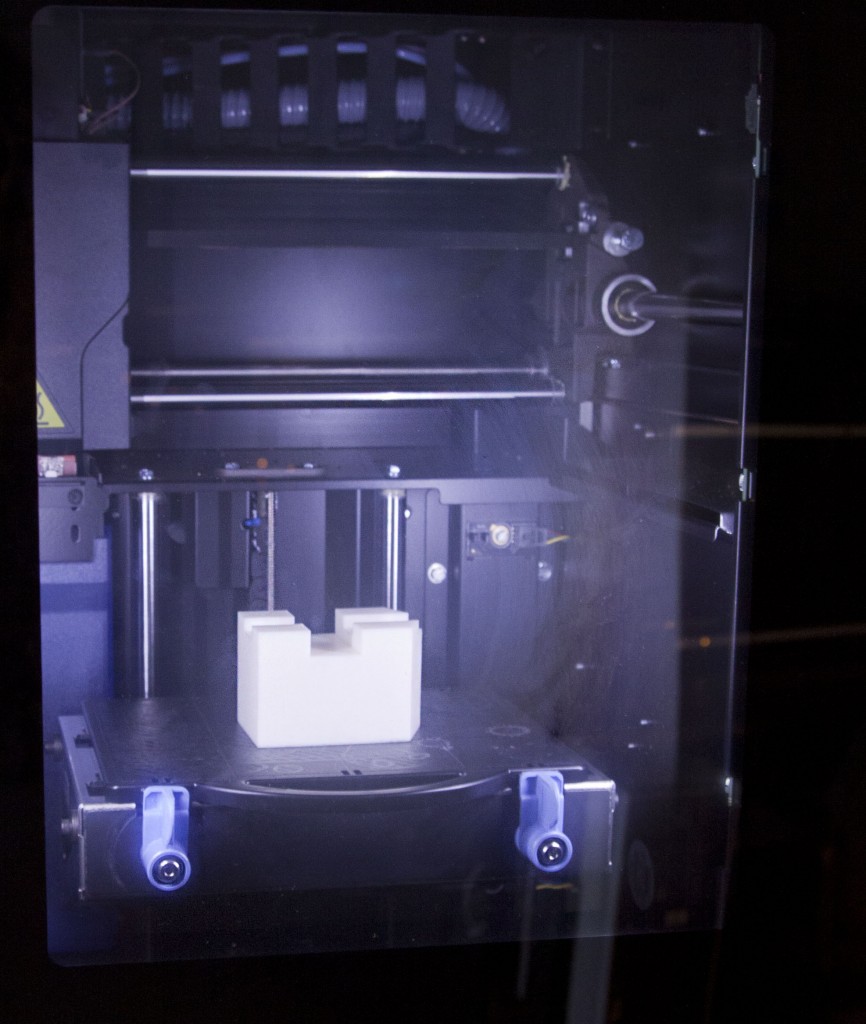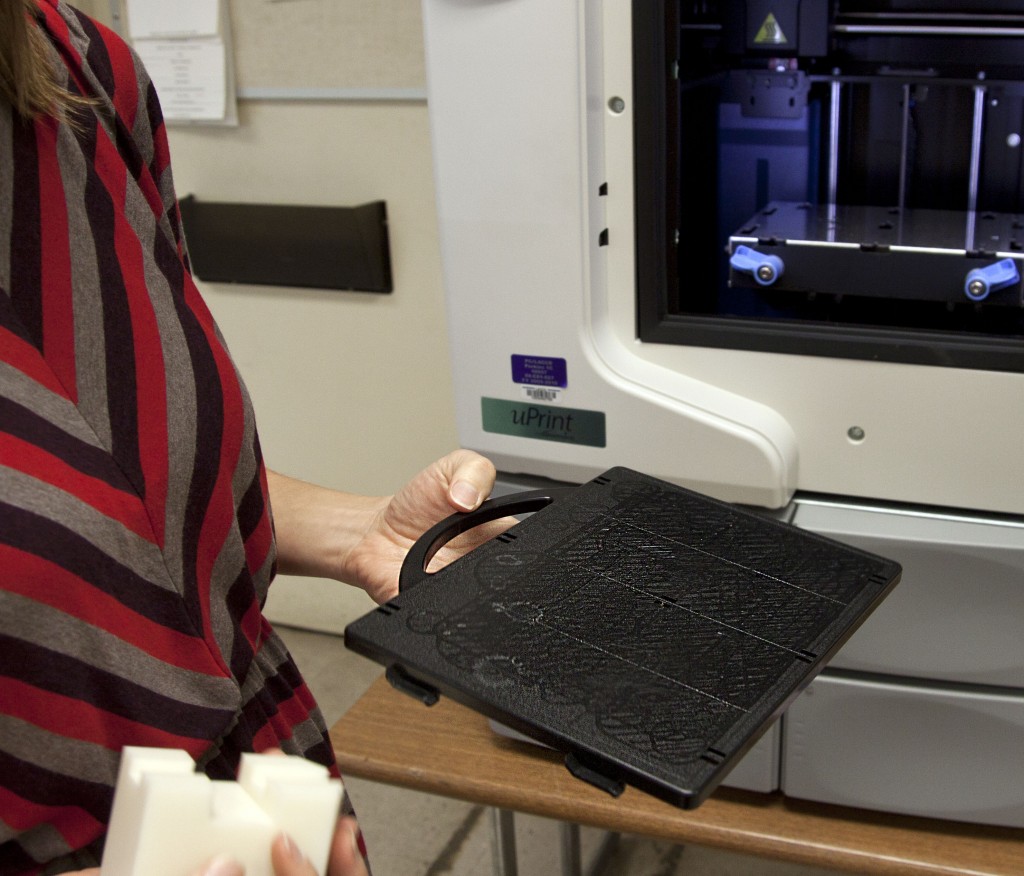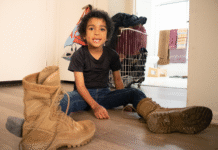

Located in the Applied Technology building at Pierce College a 3D printer sits in Assistant Professor Elizabeth Cheung’s room. The lights above the printer give it a glow of attraction.
Cheung, holding a jet-black 8-by-8 plastic tray, pulled open the translucent door and placed the tray in the printer. She pressed Start and the tray began to move back and forth, left to right.
“It’s just checking to make sure it’s completely flat,” Cheung said.
The rapid movement of the tray stayed consistent for about five minutes. Then it sat still. After 30 seconds the ink above the tray began to dispense, building from the ground up at a slow pace. It took almost two hours, but the printer fabricated a 6-inch plastic wrench that is fully working.
The 3D printer, clearly, is a major step in technology.
“The sky is the limit from now on with technology,” Cheung said.
Being able to print 3D objects is a new beginning, and someday food may be added to wrenches plastic figurines. This is a major step in business because a 3D printer can be used for a variety of prototypes.
Before actually using the printer, pepole create their 3D objects with software called Computer-Aided Design. The software sends the file to the printer. When the 3D printer is on, the rapid movement deposits the plastic material called Acrylonitrile Butadiene Styrene (ABS). It dispenses a .003 inch thick layer of ABS when being dispensed.
“It can take as long as it needs. A 6-inch object could take two hours,” Cheung said, depending on the objects size.
John Pitstick of the online advertisement company ValueClick owns a 3D printer. He is one of a few people that have a printer in their house, given its cost.
“The ABS plastic is $4.50 per cubic inch. That doesn’t sound a lot, but it definitely adds up,” Pitstick said.
One of his favorite prototypes he designed is a toy car.
“I know it doesn’t exactly look like a toy car you would buy for your kid at Toys ‘R’ Us, but it’s pretty amazing a printer could do this,” Pitstick said with a smile.
“The future is in the hands of the 3D printer,” according to Dave Smith, one of Pitstick’s friends. Loving the idea of the 3D printer, Smith wanted to learn its every aspect. His love for the printer made him research it inside out.
“The ability to print food would be a great advantage to our world today,” Smith said. “I think it’s a fantastic idea, very furturistic.” Smith said.
NASA might agree with Smith. According to DailyTech.com, NASA gave $125,000 to be able to print 3D pizzas in space. This is a major eye-opener to what is possible.
Pitstick, on the other hand, had a different opinion.
“I think printing food is so strange, I’d rather eat a hamburger off a grill then off a printer,” he said.
Even though everyone has their own opinion on the 3D food, it is amazing that scientists have the ability to do it.
“It’s so amazing that this printer can put so much detail into a 3D prototype. It really blew my mind the first time I saw the printer in action,” Pitstick said. To many, the 3D printer is an amazing step in technology.
Being able to fabricate 3D objects in this day and age really makes one wonder, what could be next?



